
Industrial Autonomy on the Horizon
The world of industrial autonomy is a crucial part of what ultimately comprises Industry 4.0, which will enable industrial assets and operations with robust adaptive capabilities. Autonomous control systems will respond without operator interaction to situations within a secure, bounded domain that was not preprogrammed or anticipated in the system design.
Industrial autonomy lets industrial companies harness innovative technologies to create a true digital transformation of operational strategies. Because digitization is not a one-step process, understanding a facility’s capabilities, digital maturity, and state of operations is crucial in identifying its next steps in the industrial evolution.
It is apparent that industrial process plants can move on a trajectory toward industrial autonomy and make similar step-change improvements in benefits by harnessing new technology. In an industrial environment, the trend toward autonomous operation is truly focused on optimal advanced sensing and automation technology in plants.
Industrial autonomy is about leveraging technology for better situational awareness. It is about allowing a system to take an optimal action that achieves desired outcomes in the best way possible. And those outcomes are better production, improved quality, more reliable operation and a much more efficient workforce.
Industrial autonomy helps automate a host of plant floor tasks and verify that they are performed flawlessly and consistently. Most importantly, autonomous operations can mean moving humans out of unsafe environments without inhibiting their access or view to process information.
Levels of autonomous operation
When considering the wide range of operational tasks involved in a typical process plant, from the control room to the field to planning and scheduling, it appears that fully autonomous operations may be out of reach for many companies. The process industries will, however, continue to deploy more intelligent, semi-autonomous subsystems that allow the plant workforce to focus on higher-level tasks, even while simultaneously making the operation safer, more reliable and more efficient.

To move toward autonomy in industrial processes, it is important to look at what can be fully automated, what elements will require human supervision, and which areas will remain manual. Once this clarity is established, it is possible to set a path to autonomy following six progressive levels:
Manual operations: With traditional manual operations, every aspect of the plant enterprise, including instructions and paper-based recordkeeping, is performed manually. Here, no automatic actions occur, with operations relying on humans to make all decisions and perform all functions. Most industrial sites began with significant human intervention required to run and maintain the operations.
Controlled and optimized operations: Given the widescale adoption of control systems and advanced control software, many industrial process facilities fall into the category of controlled and optimized. But just because most are in this category does not imply that most excel at it. Often an abundance of control loops are still running in manual mode or tuned incorrectly. Control loops running manually or those that are poorly tuned hinder optimization of the process. A large percentage of sites also have advanced control models that do not reflect current process dynamics or equipment performance, leading to poor results. In extreme cases, this situation can result in sites giving up on advanced control altogether. Advanced control and optimization must be viewed as a lifecycle solution—one that is continually kept up to date
Intelligent operations: The shift to intelligent operations is the essence of Industry 4.0. It is all about software analytics—collecting data, analyzing it, getting recommendations, and taking specific action. Companies can use digital twins to compare current process and equipment performance against expected performance. The benefit of using a model-based approach is that process and equipment performance is evaluated according to known or physical characteristics of plant processes. Users can model changes in the plant and current behavior, see if models are delivering the expected results, and employ the digital twin to close the loop between process dynamics and process design.
Remote operations: Once process operations are optimized and intelligent, users can think about leveraging the power of remote operations. From remote project execution, service, and support to centrally located remote operations centers, these capabilities are an opportunity to improve workforce efficiency, collaboration, and problem solving, and to effectively serve multiple sites or projects. Remote operations centers are used extensively in the industrial world, particularly in areas with distributed assets.
Resilient operations: Now, more than ever, plant owners require robust technology to help them withstand faults without having a large number of workers on site. They need resiliency measures such as backup power systems to keep equipment operating. Being resilient means that when failures do occur, the system or operation continues to run normally, and recovery is automated. There are many examples where this method occurs—for instance, in process automation systems with redundancy. Control systems are typically built with redundant controllers. If a controller fails, the redundant partner takes over, ensuring normal operations. At the same time, this controller is now nonredundant, and a process upset will occur if the controller also fails. Resilient operations will reallocate the control application to available system resources, ensuring that operations continue undisturbed, and that system resiliency is maintained, completely automated, with no intervention required by operations.
Autonomous operations: Ultimately, the destination of autonomous operations is enabling every day to be the best day of production and all staff to become experts in their assigned roles. The journey to autonomy is characterized by making use of all available digital technologies to realize advances in safety, reliability and efficiency.

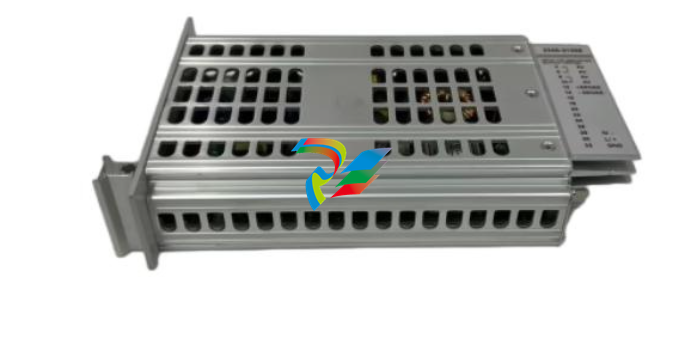
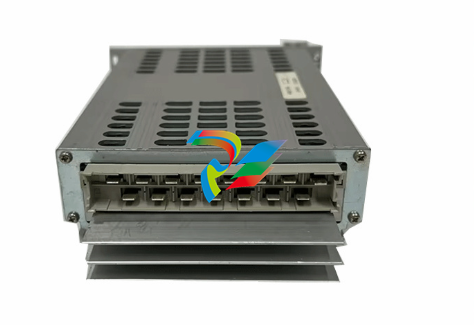

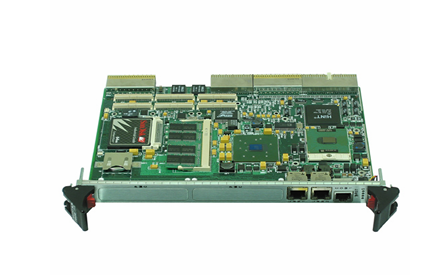



.jpg)
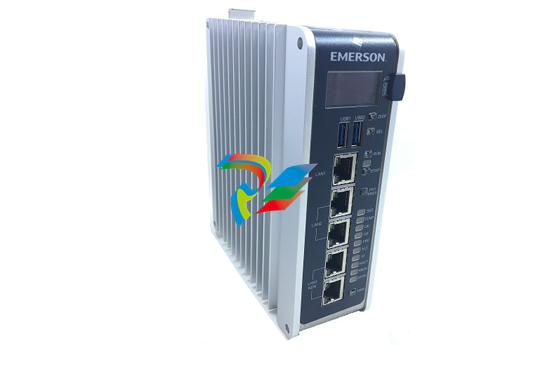
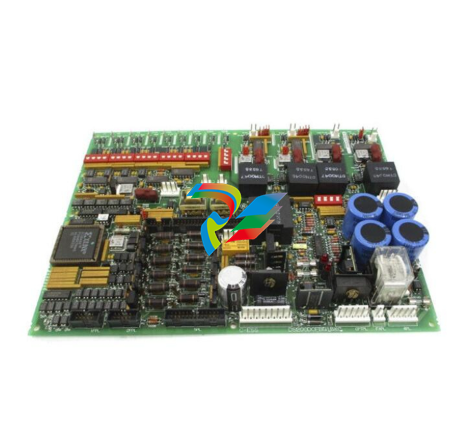
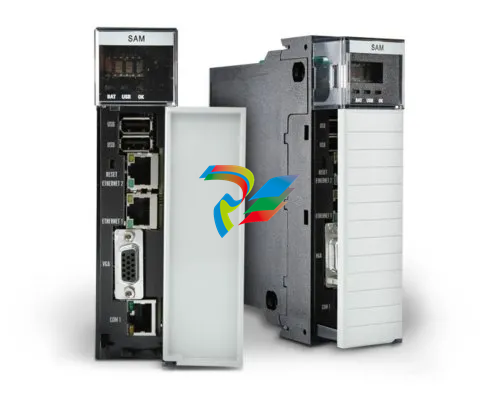
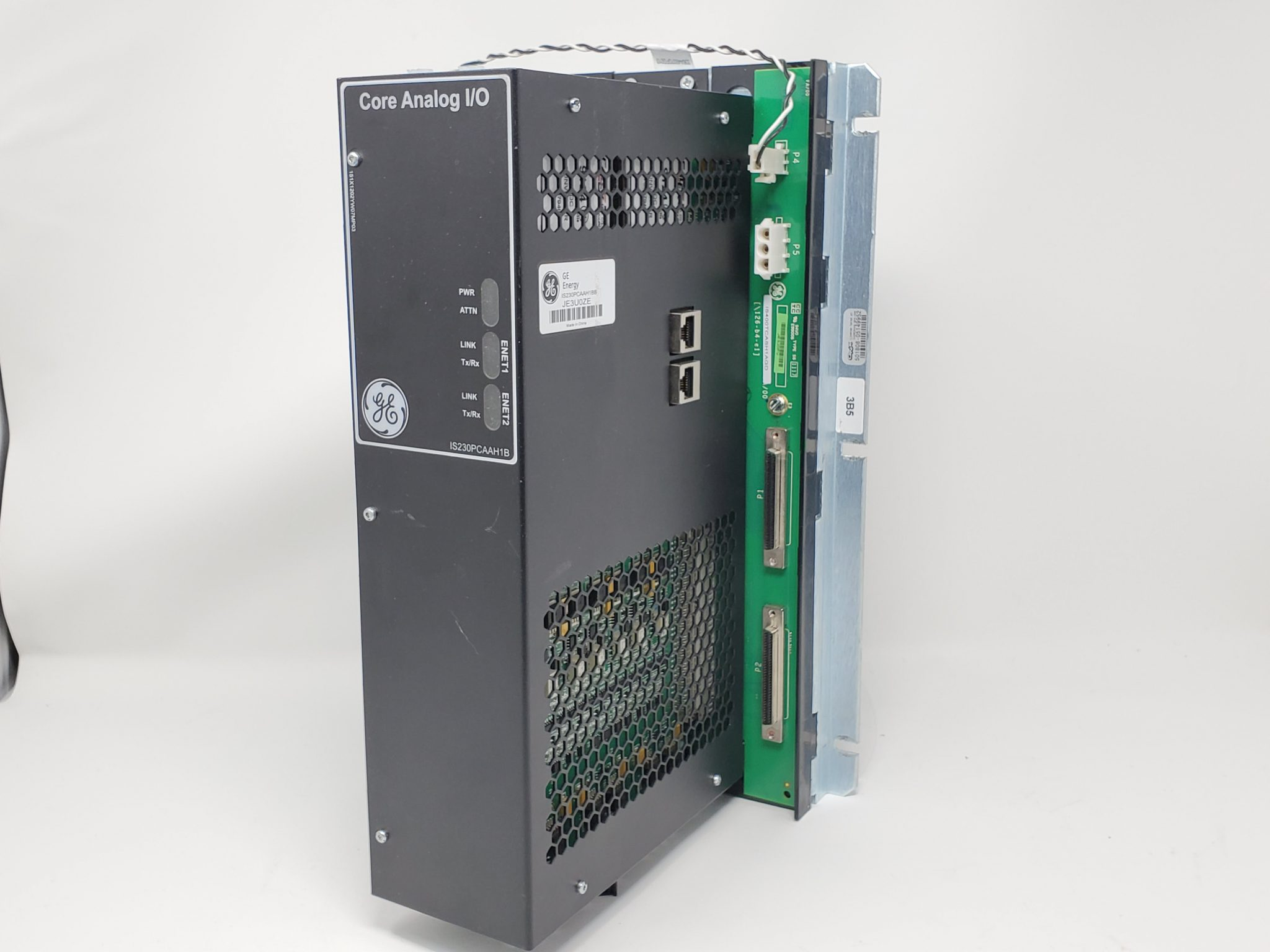






























































.jpg)
.jpg)





.jpg)



.png)
.jpg)

.jpg)
_lVjBYb.jpg)

.jpg)
.jpg)



.jpg)
.jpg)







.jpg)

.jpg)
.jpg)



